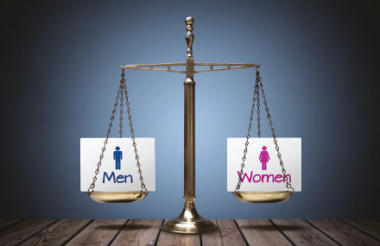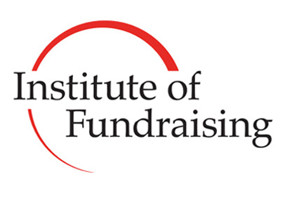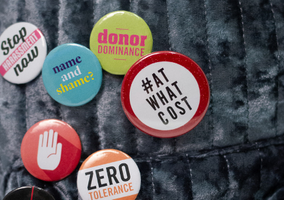This month marked International Women’s Day and it seems appropriate to draw attention to the ongoing disparity between men and women in leadership positions in the sector, reaffirmed by research published last week. The Missing Out: Understanding the Female Leadership Gap in Fundraising survey commissioned by the Institute of Fundraising and authored by professors Beth Breeze and Elizabeth Dale featured in this issue highlights what many in the sector know already: not enough women are represented at leadership level.
Although the majority of the respondents were women so may not show a complete picture, the research uncovered some stark facts that expose the continued gender bias in fundraising. The salaries of male and female fundraisers begin at about the same level (around £20,000). However, over the course of their careers, the gap grows. Among those working full time, men reported current salaries that were 14.3 per cent higher than women. Average current salaries were £42,655 for women and £49,766 for men.
Money is a crude metric, but a £7,000 difference is not insignificant – definitely a statistic worth having handy next time a man in a Superdry hoodie starts mansplaining that the gender pay gap in the sector is a perceived bias without grounding in research.
Responses to other questions in the survey showed that a higher proportion of women had experienced gender stereotyping than men, mostly from board members and donors. This dovetails with recent research on donor dominance and the sex power imbalance in fundraising by nonprofit professional and board chair of thinktank Rogare, Heather Hill.
Often sexism and gender inequality are in plain sight and that is one of the key problems – it is so normalised that it isn’t documented extensively. The more qualitative and quantitative research that is available, the more weapons those struggling for equality have in their armoury.
Related articles












